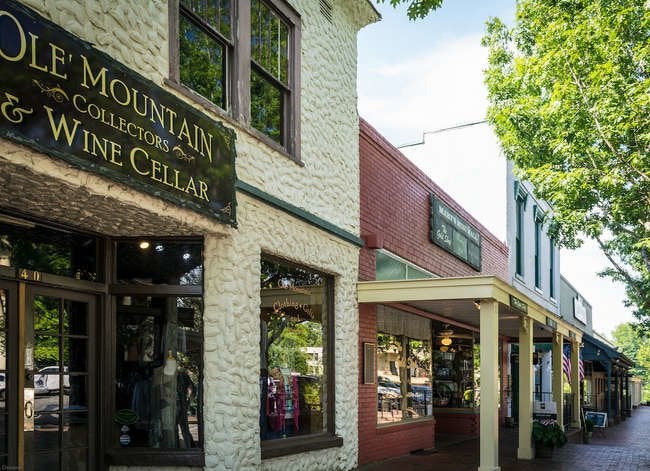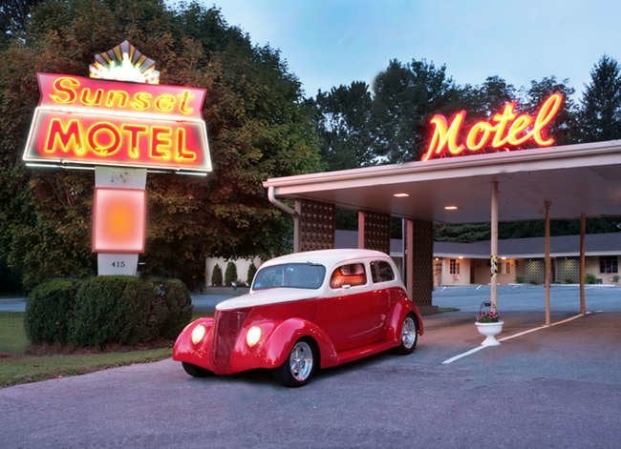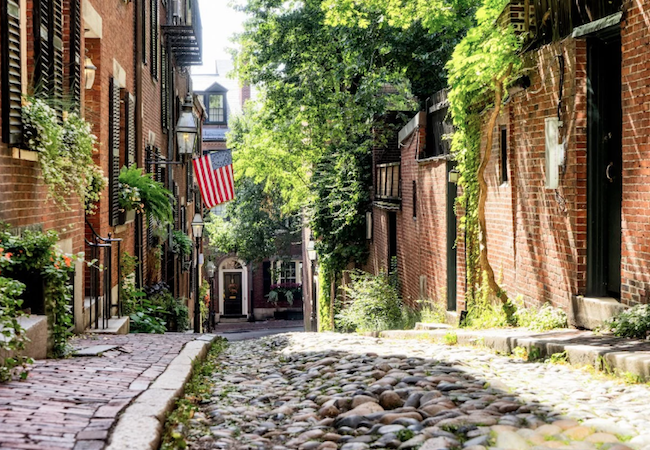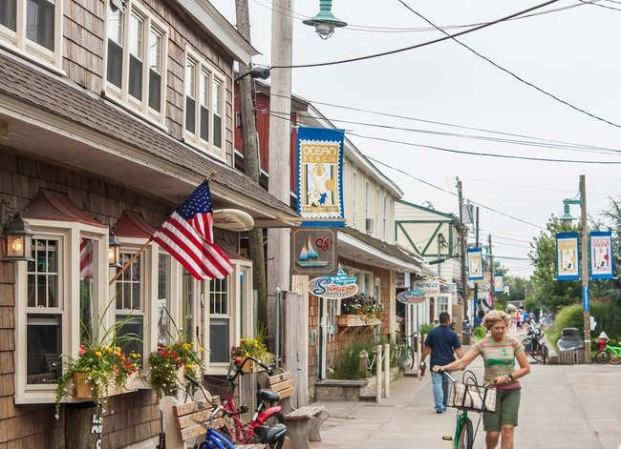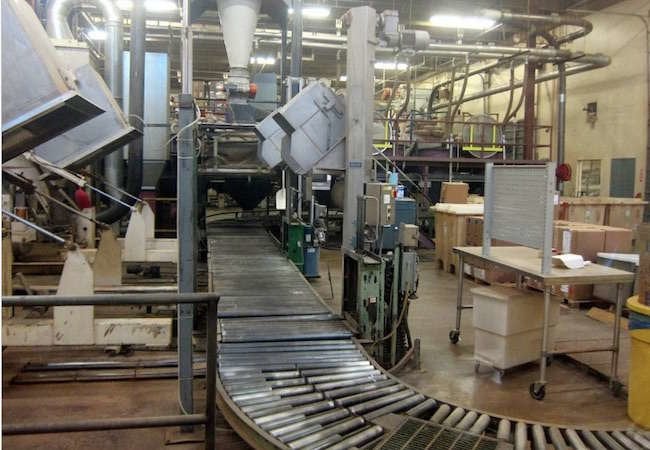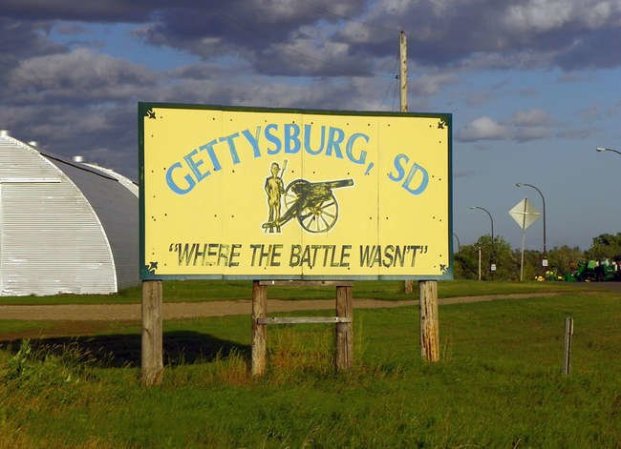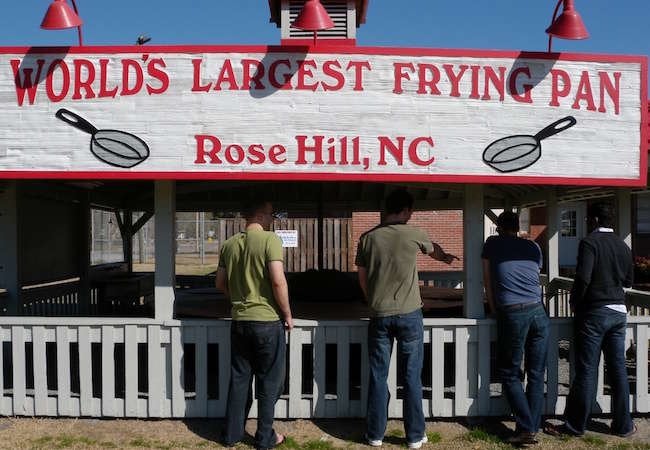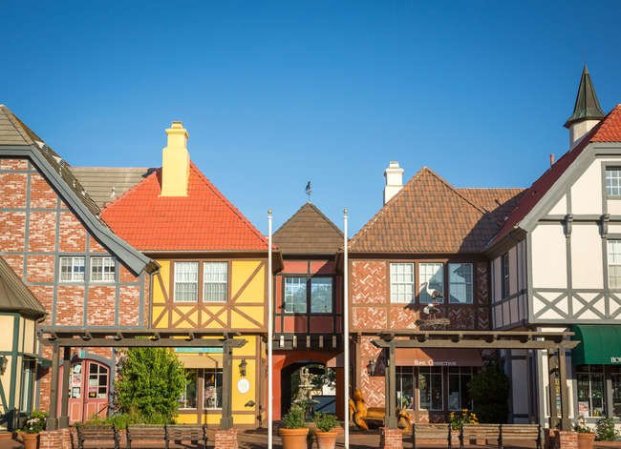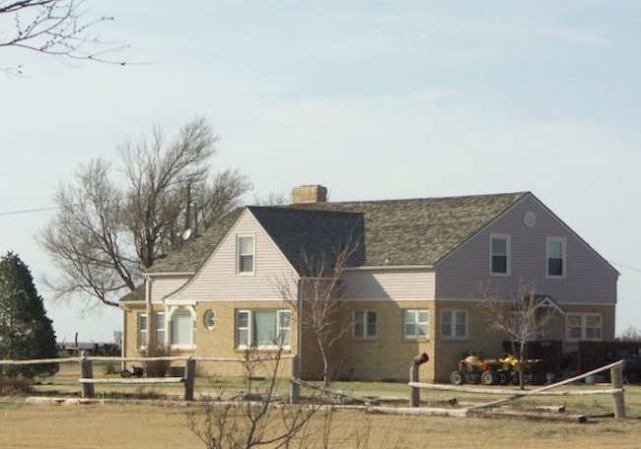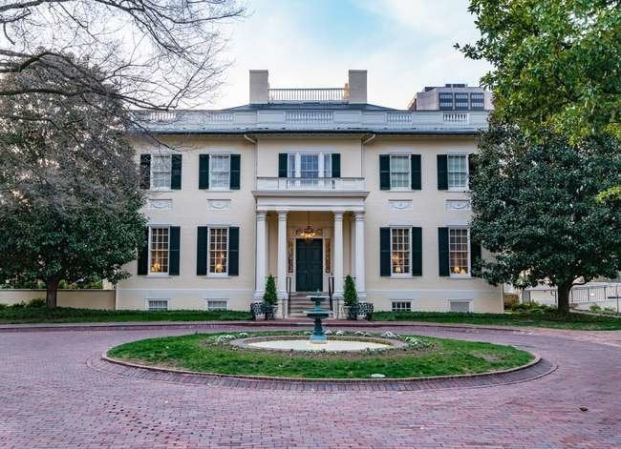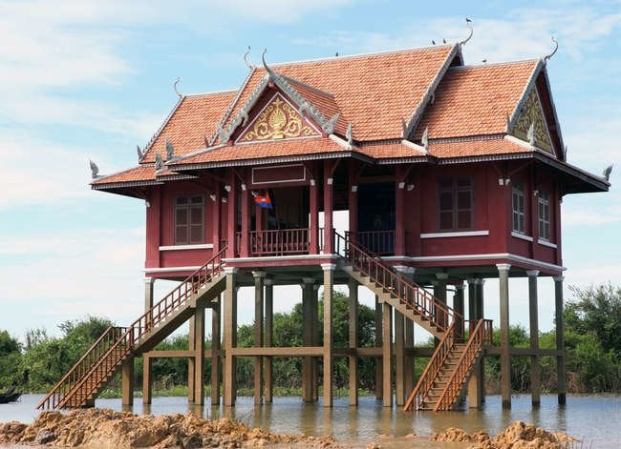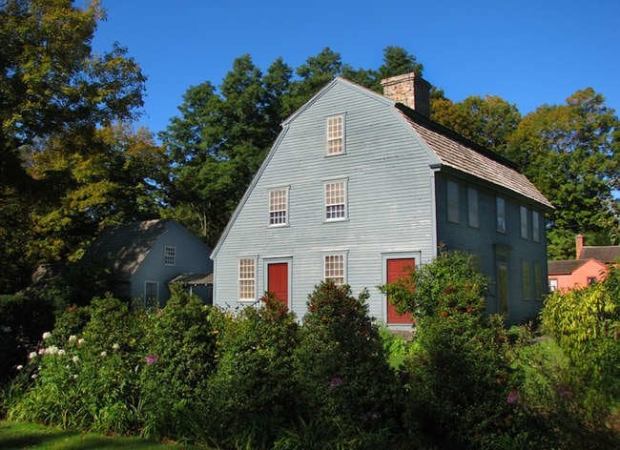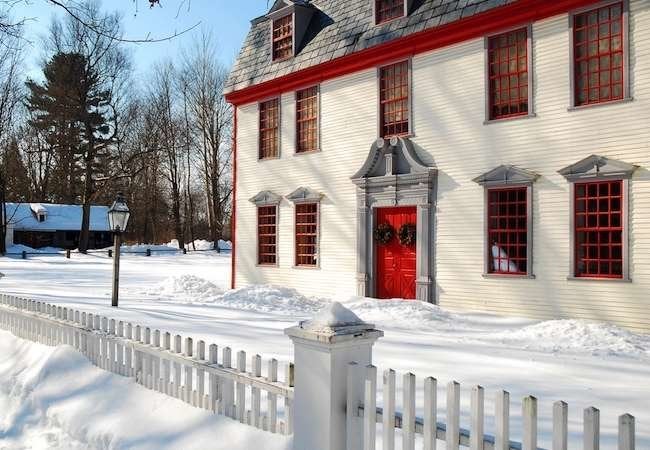We may earn revenue from the products available on this page and participate in affiliate programs. Learn More ›
Osawatomie, Kansas
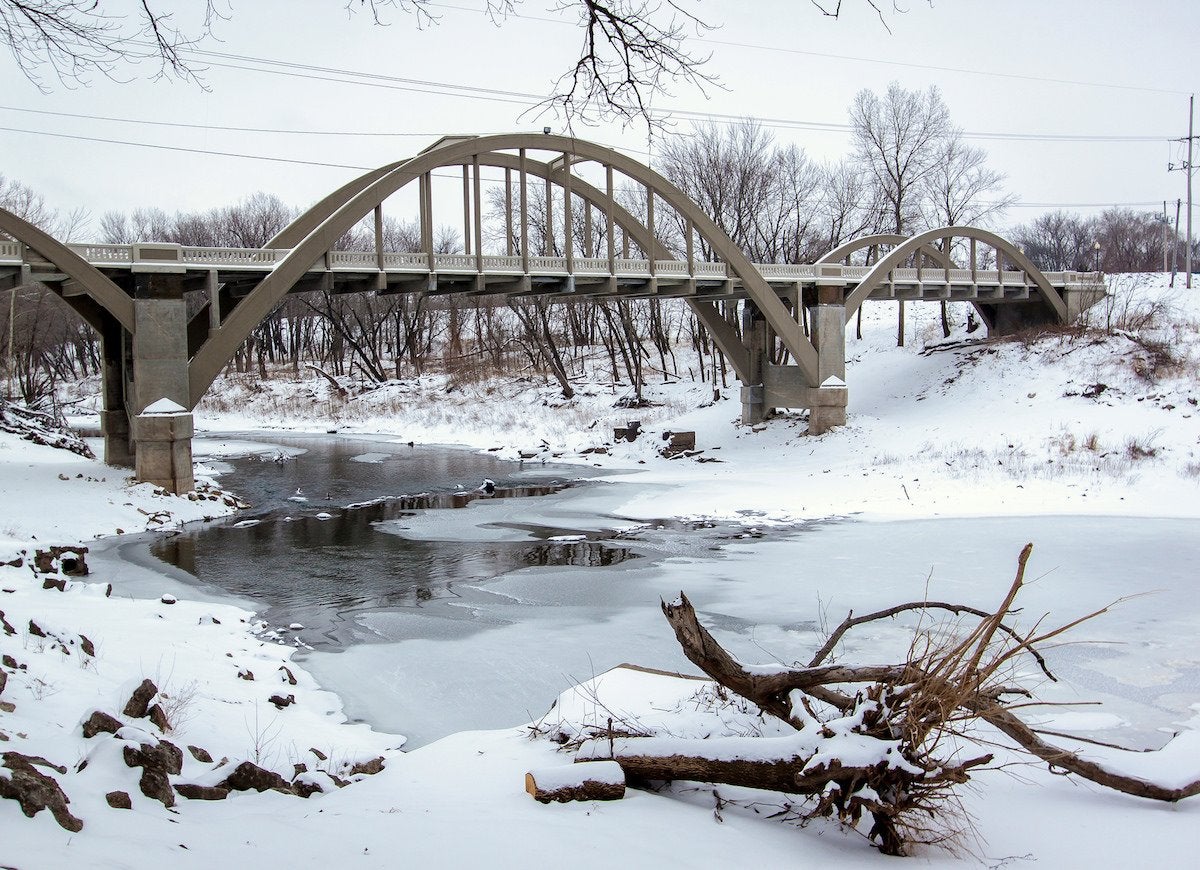
Flickr via Vincent Parsons
Borrowing its name from the Osage and the Pottawatomie people who once lived in the area, this town, which now has 4,308 residents, was the site of the Battle of Osawatomie in 1856, an important precursor to the Civil War. The battle was marked by abolitionist John Brown’s unsuccessful stand against the Border Ruffians, but his brave efforts are commemorated at the hill where he fought, now known as John Brown Memorial Park.
Related: 25 Tiny Towns to Visit for a Glimpse at How We Used to Live
Kitty Hawk, North Carolina
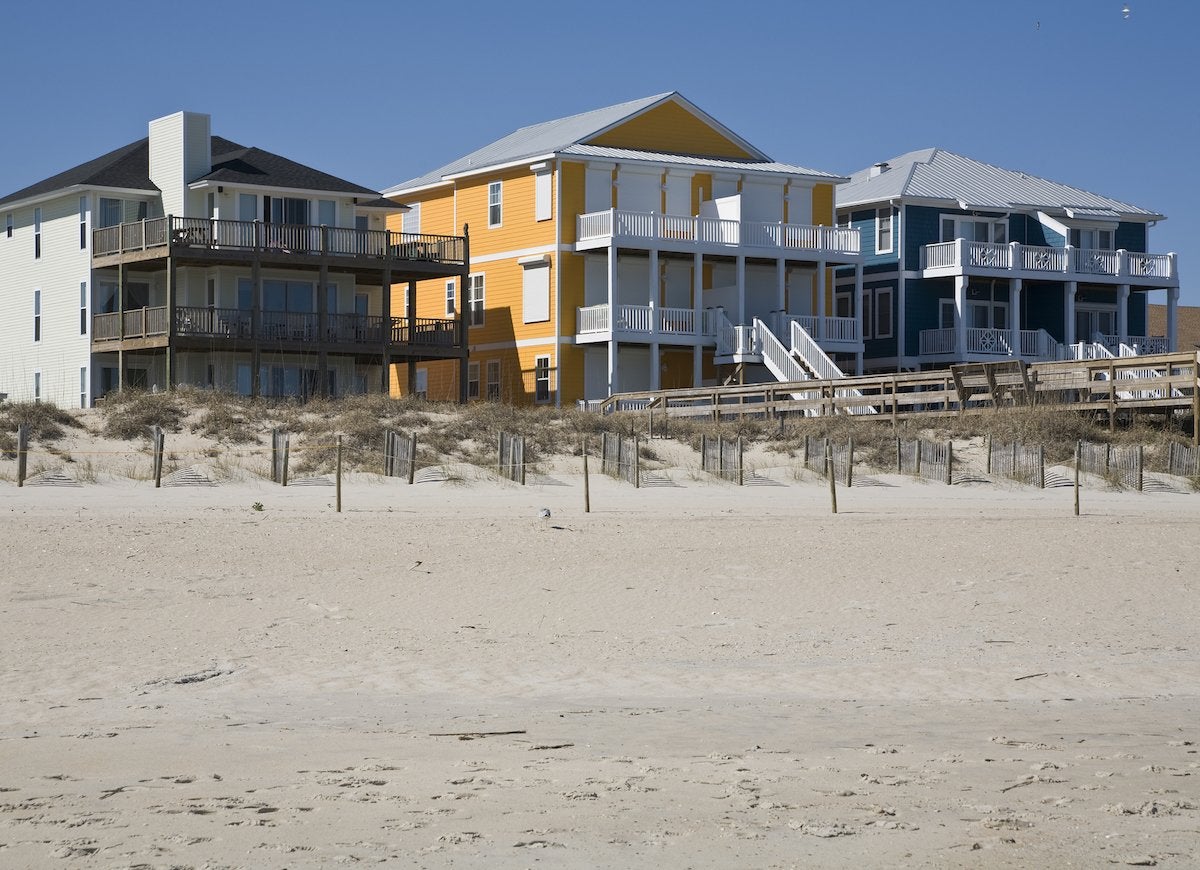
Favorable winds allowed this 3,473-person town to be the site of the first flight by a powered airplane on December 17, 1903. The historic flight, piloted by Orville Wright with Wilbur beside him, lasted 12 seconds and took the brothers 120 feet through the air.
Related: 10 Genius Carry-On Items to Bring for a Better Flight
Oregon City, Oregon
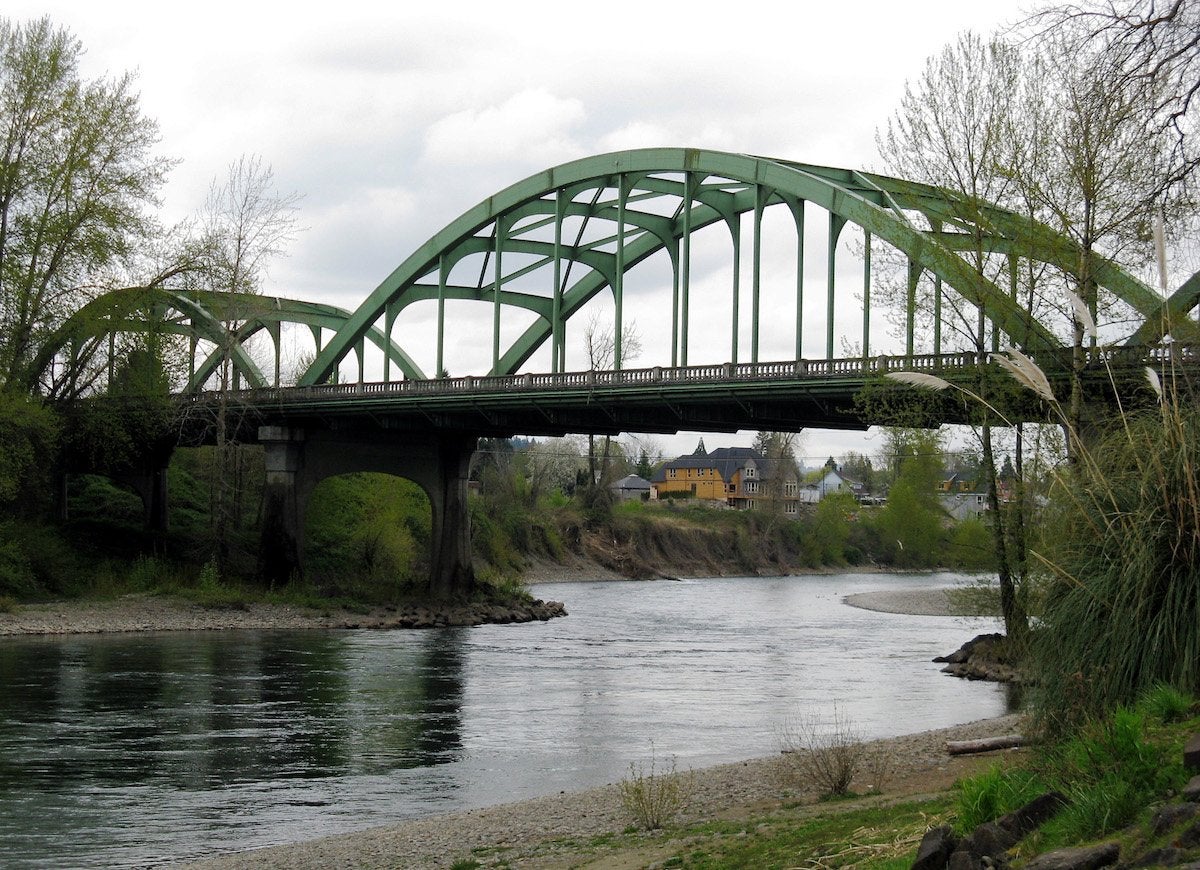
Wikimedia Commons via Finetooth
Pioneers who traveled the entire length of the 2,000-mile Oregon Trail ended their four- to six-month journey in Oregon City. Now home to 36,286, the city was a hub of commerce that became so integral to westward expansion that it once served as the territorial capital of Oregon.
Dahlonega, Georgia
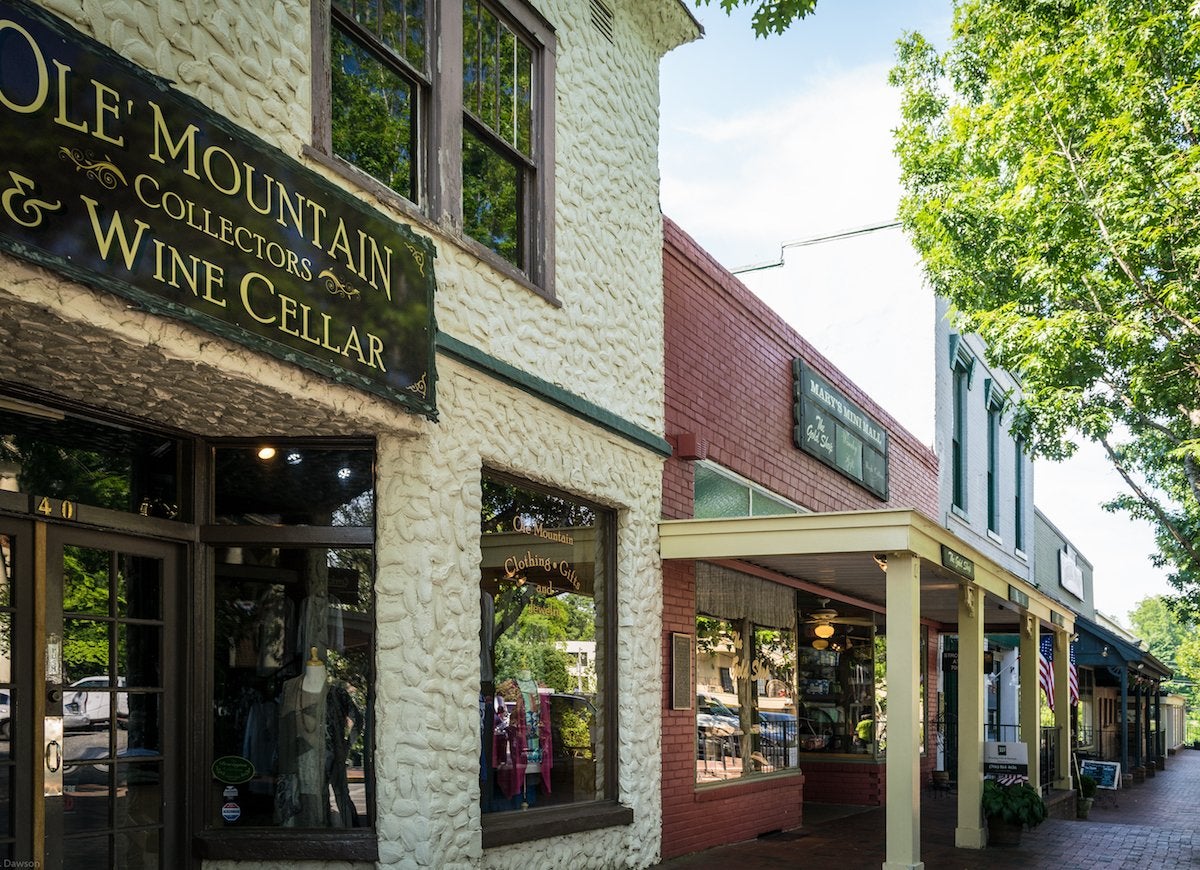
Flickr via G. Dawson
A chance discovery in Coloma may have sparked the California gold rush, but America’s first major gold rush started years before in this now 6,437-person town in the Peach State. According to Preserve America, it all began when deer hunter Benjamin Parks serendipitously tripped over a rock and realized it was gold!
Williamsburg, Virginia
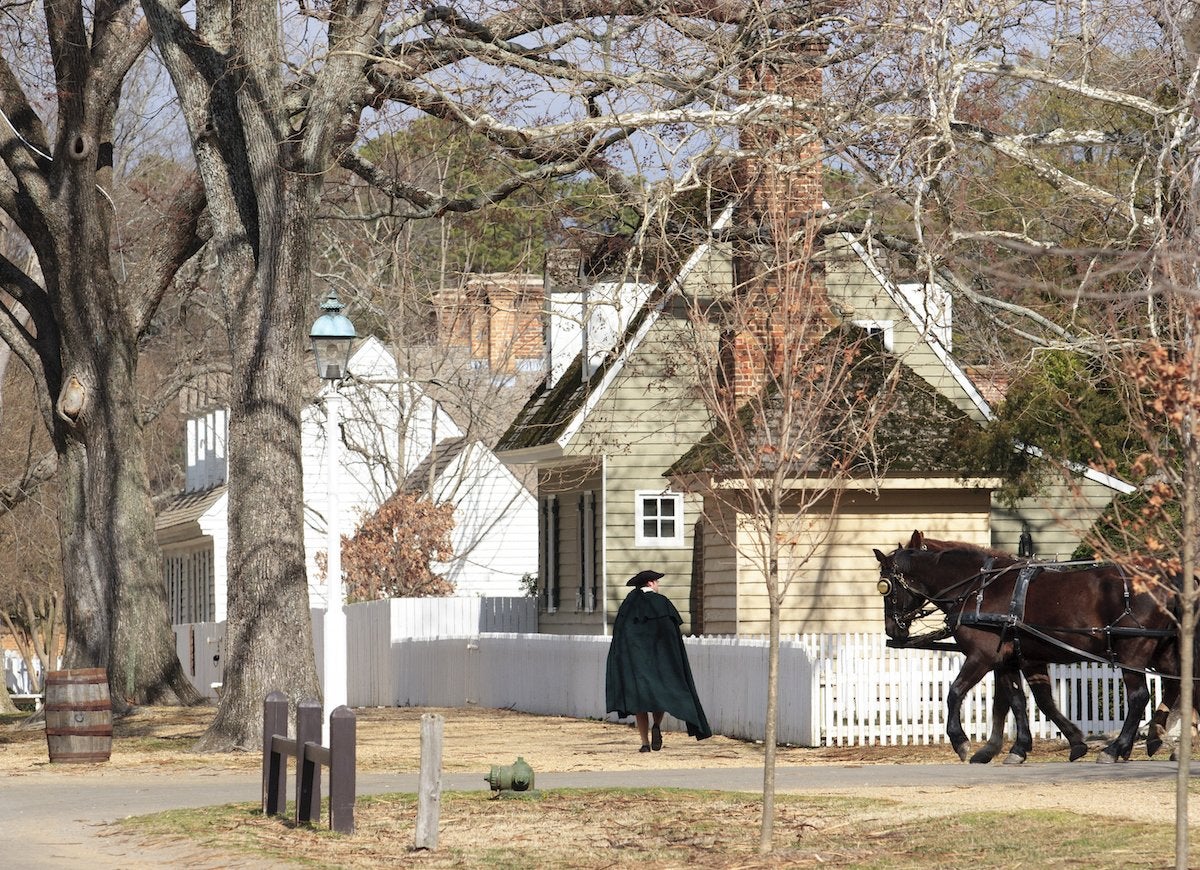
This quaint town of 15,052, now lined with well-preserved buildings and antique charms, once served as the capital of the first English colony in America. Though the town lost considerable political clout after Richmond became the new capital prior to the Revolutionary War, the historic district of Colonial Williamsburg gives tourists a glimpse of the town’s past glory.
New Castle, Delaware
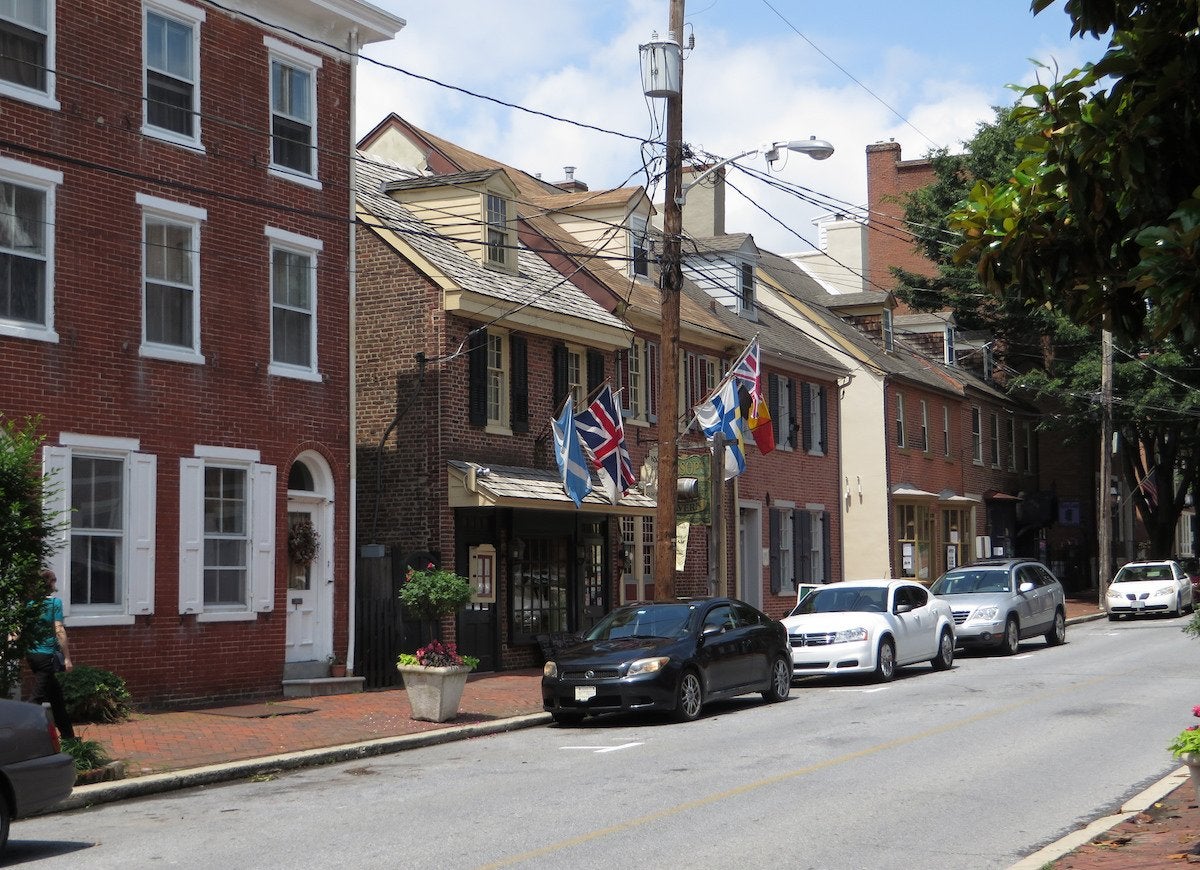
Flickr via Ken Lund
According to Delaware Online, English Quaker William Penn stepped off the boat in New Castle before he went on to found Philadelphia. The town also served as a terminus of the second-oldest rail line in the country and facilitated the travel of people and goods along the Eastern Seaboard, making it a powerful economic force in the early 1800s.
Astoria, Oregon
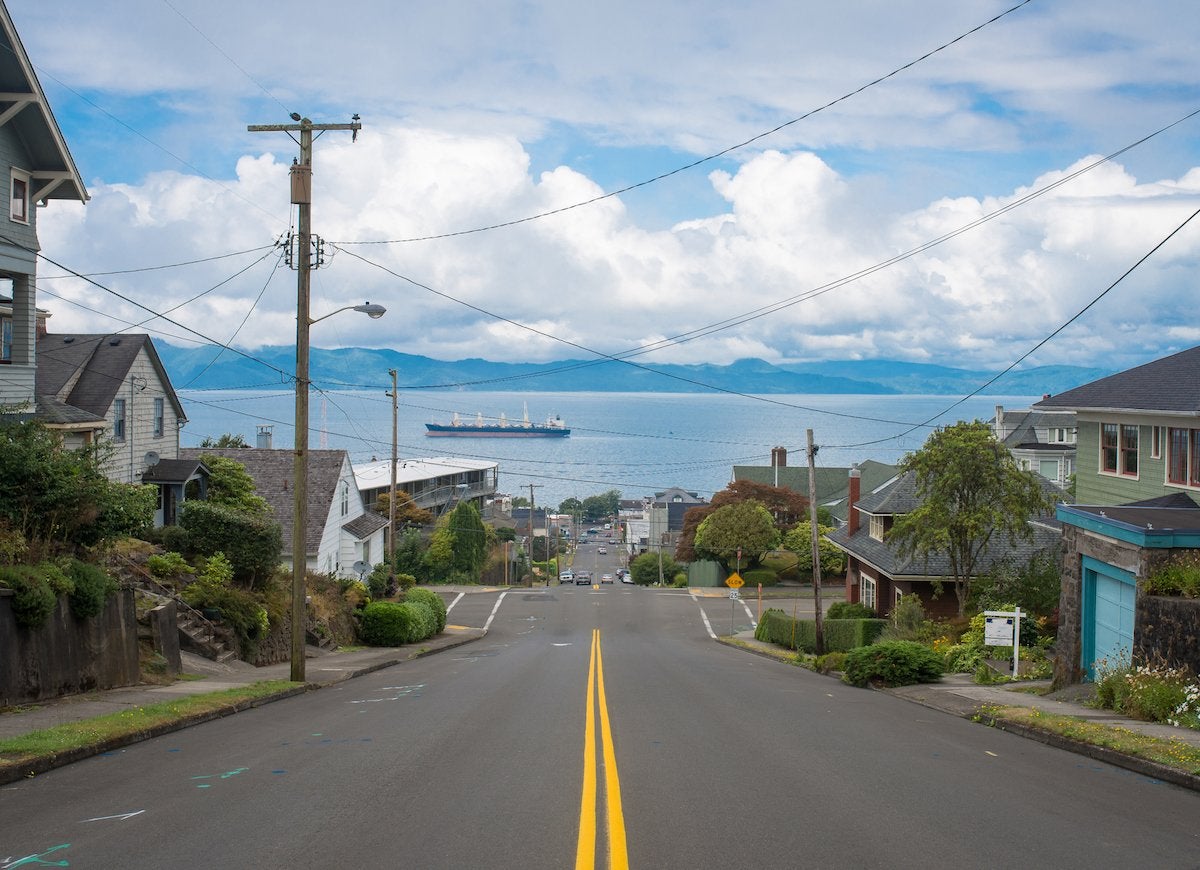
Astoria served both as a winter stopover for the pioneering Lewis & Clark Expedition and the site of Fort Astoria, a trading post that started the fur trade in Oregon. The establishment of the trading post made this tiny town the first American settlement west of the Rockies, according to the Thomas Jefferson Foundation.
Related: State Pride: 50 Ways to Show You Love Where You Live
Malibu, California
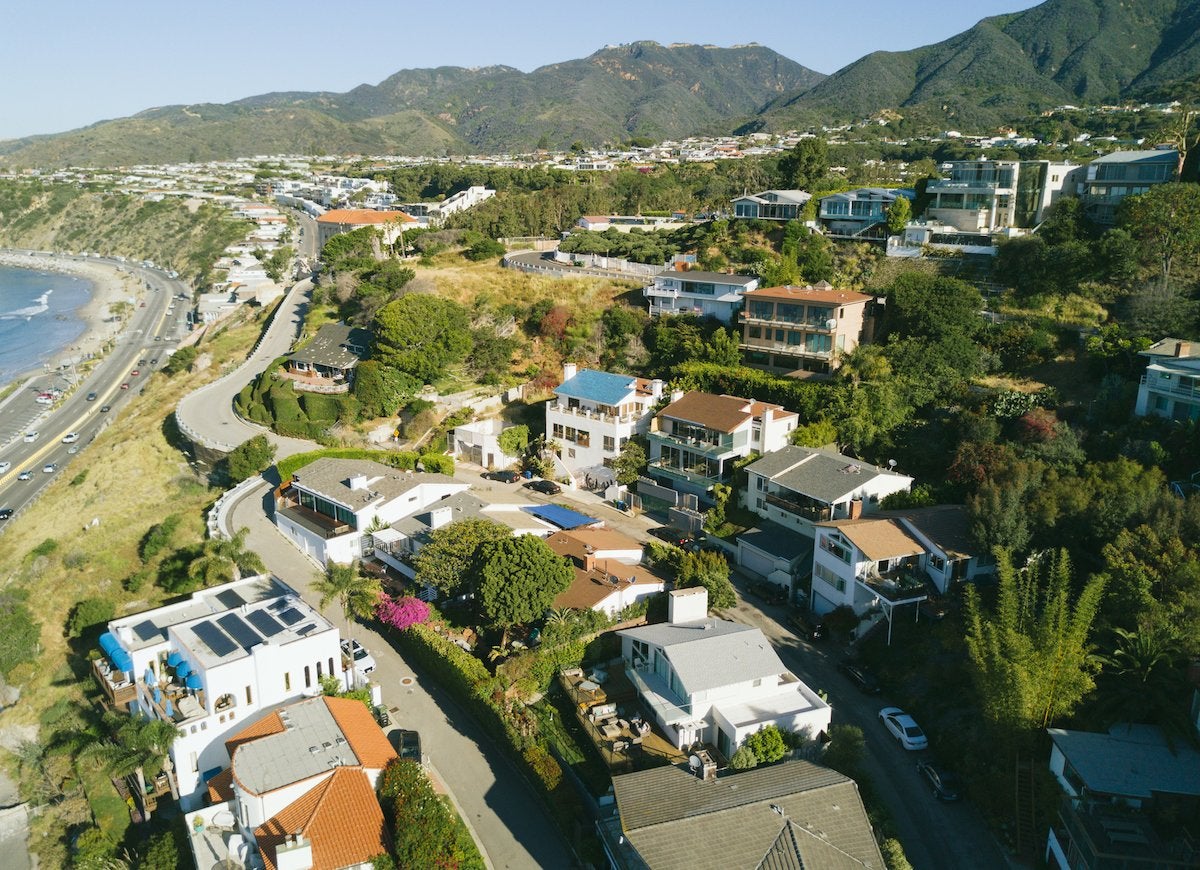
Malibu’s neighbor to the north has built a reputation as the tech center of America, but this carefree California town also made a valuable contribution to science when a local laboratory invented lasers in 1960. The light-emitting devices have been used in applications from cinema projectors and light shows to manufacturing and medical procedures.
Related: 9 Super-Practical Products You Can Power with Sunshine
Lexington, Massachusetts
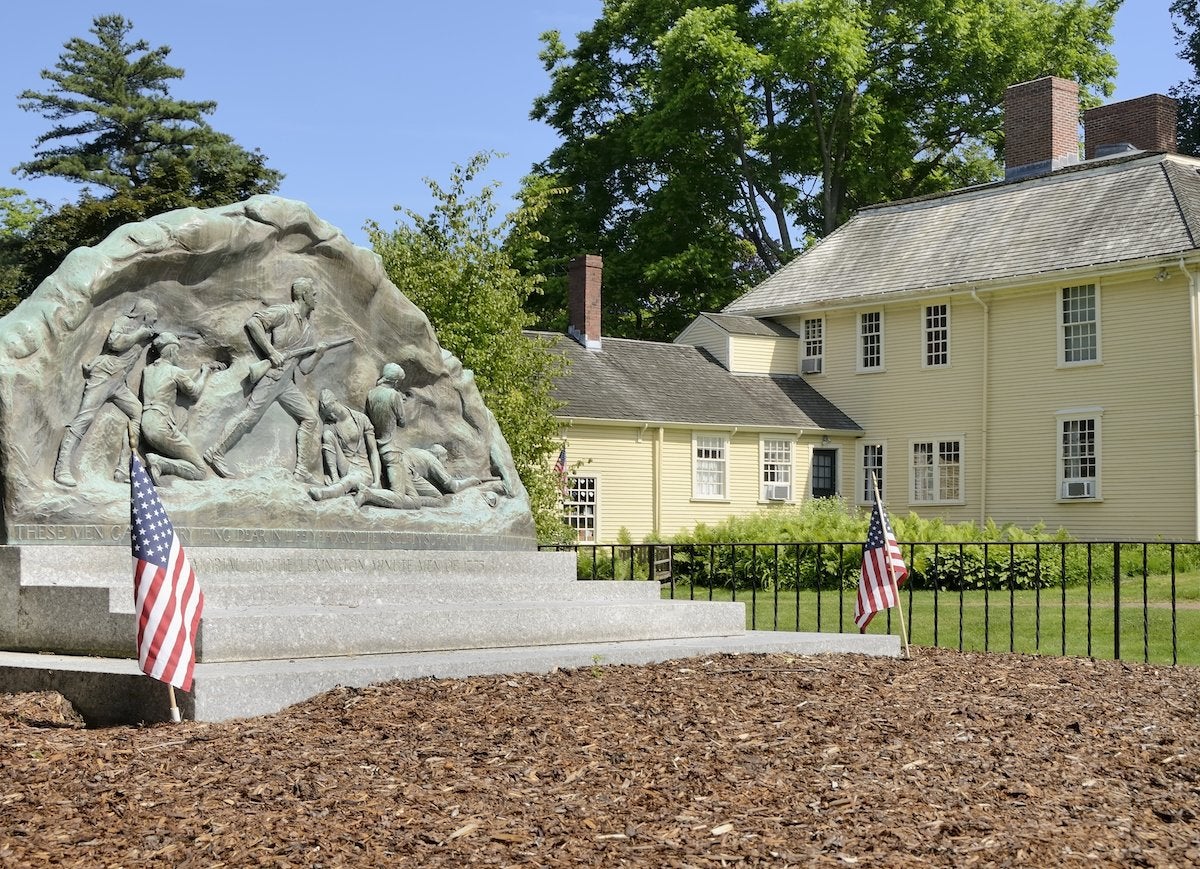
On the morning of April 19, 1775, the first shots of the Revolutionary War were fired here, resulting in the death of eight colonists and one British soldier. The colonists retreated, ending this first of the many battles that would lead to America’s eventual independence from Great Britain.
Related: 18 American Towns Every Old-House Lover Needs to See
Concord, Massachusetts
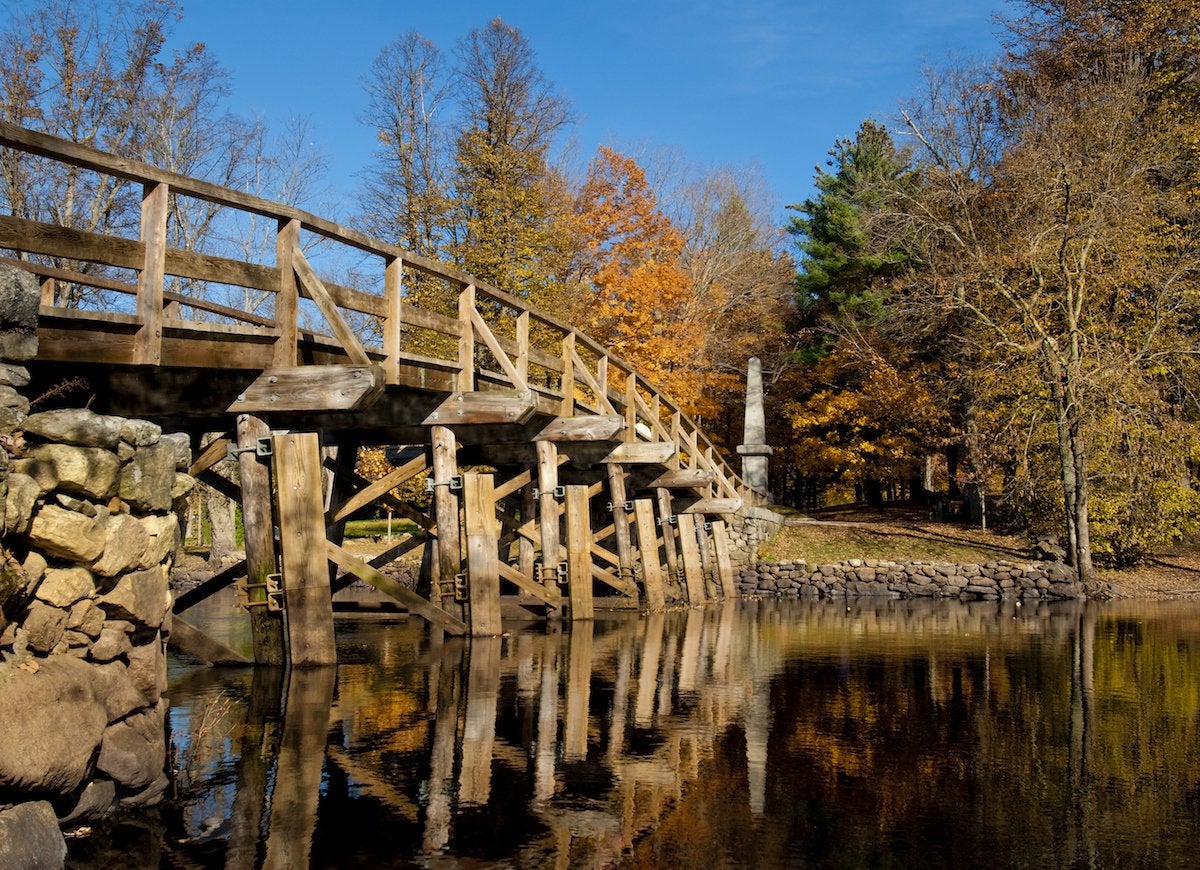
Following the skirmish at Lexington, English Lieutenant Colonel Francis Smith led the British forces to this small town, where he was met by colonists who forced the British to retreat. Among the witnesses of the Battle of Concord was William Emerson Sr., the grandfather of essayist and poet Ralph Waldo Emerson, whose poem “Concord Hymn” immortalized the victorious colonists and their famous “shot heard round the world.”
Related: The Secret Histories of 15 Grand Old American Mansions
Gonzales, Texas
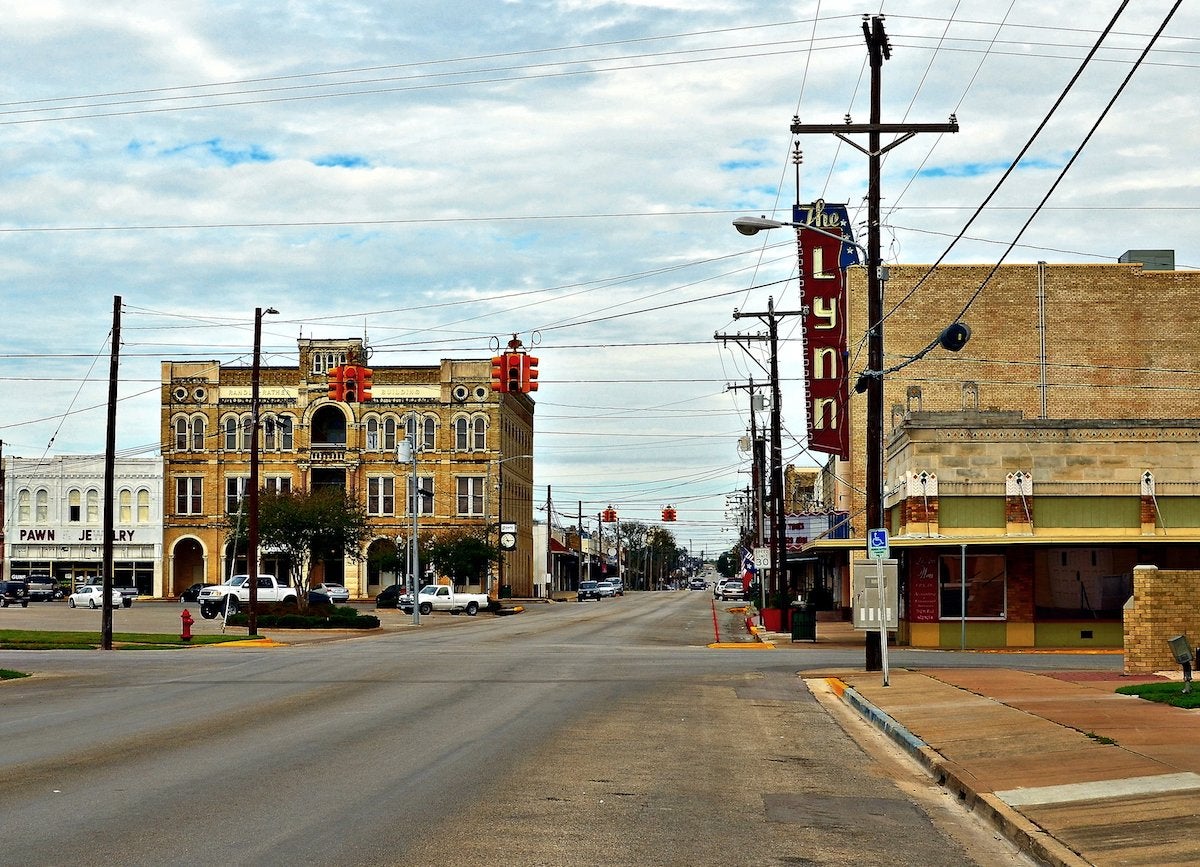
Flickr via Tom Whitten
Gonzales has been dubbed the “Lexington of Texas” because, much like Lexington and Concord, it saw the first military engagements of the Texas Revolution, a conflict that eventually led to Texas’s being annexed as our nation’s 28th state. The 7,660-person town has memorialized the battle site with stone and bronze statues, including the “Come and Take It” monument, which celebrates the colonists’ retort when the Mexicans demanded the return of their canons.
Related: 18 Small Towns with Strange Claims to Fame
Whitman, Massachusetts
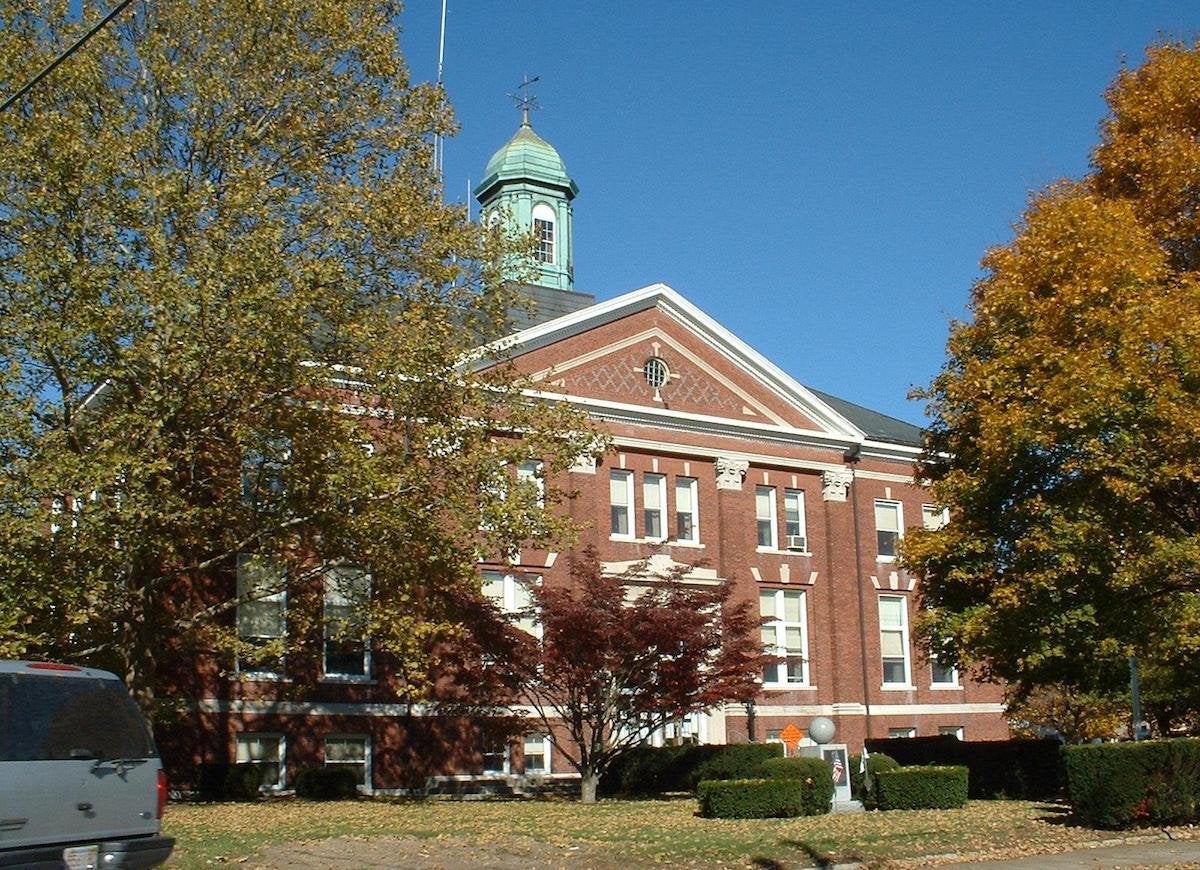
Wikimedia Commons via ToddC4176
Before this town of 14,489 was called Whitman, it was known as “Little Comfort,” an apt name for the city that gave us the chocolate chip cookie. The first batch of the round confections, now beloved the world over, was whipped up in Whitman’s own Toll House Inn by chef Ruth Graves Wakefield in 1938, according to WCVB Boston.
Levittown, New York
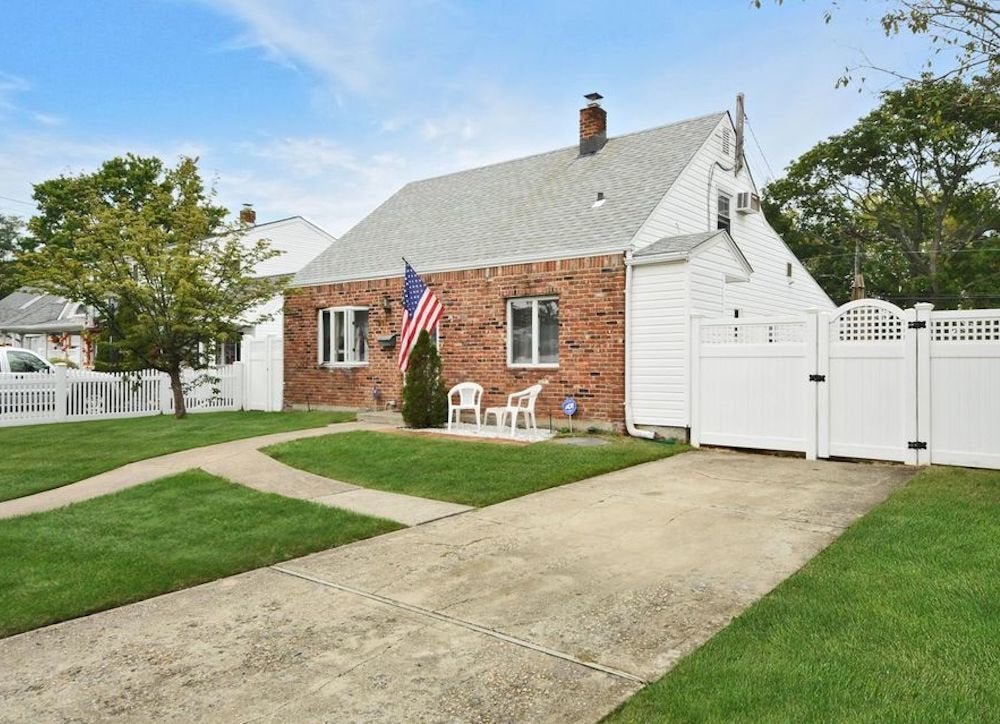
Zillow Digs home in Levittown, NY
American cities might look very different today had it not been for William Levitt, the founder of what is now a 51,881-person bedroom community on Long Island. By designing a planned community with affordable housing, neighborhood schools, and safe, tree-lined streets, Levitt established the concept of the mass-produced suburb, forever changing the lifestyles of the nation’s suburbanites.
Related: The 20 Friendliest Cities in America
Newport, Rhode Island
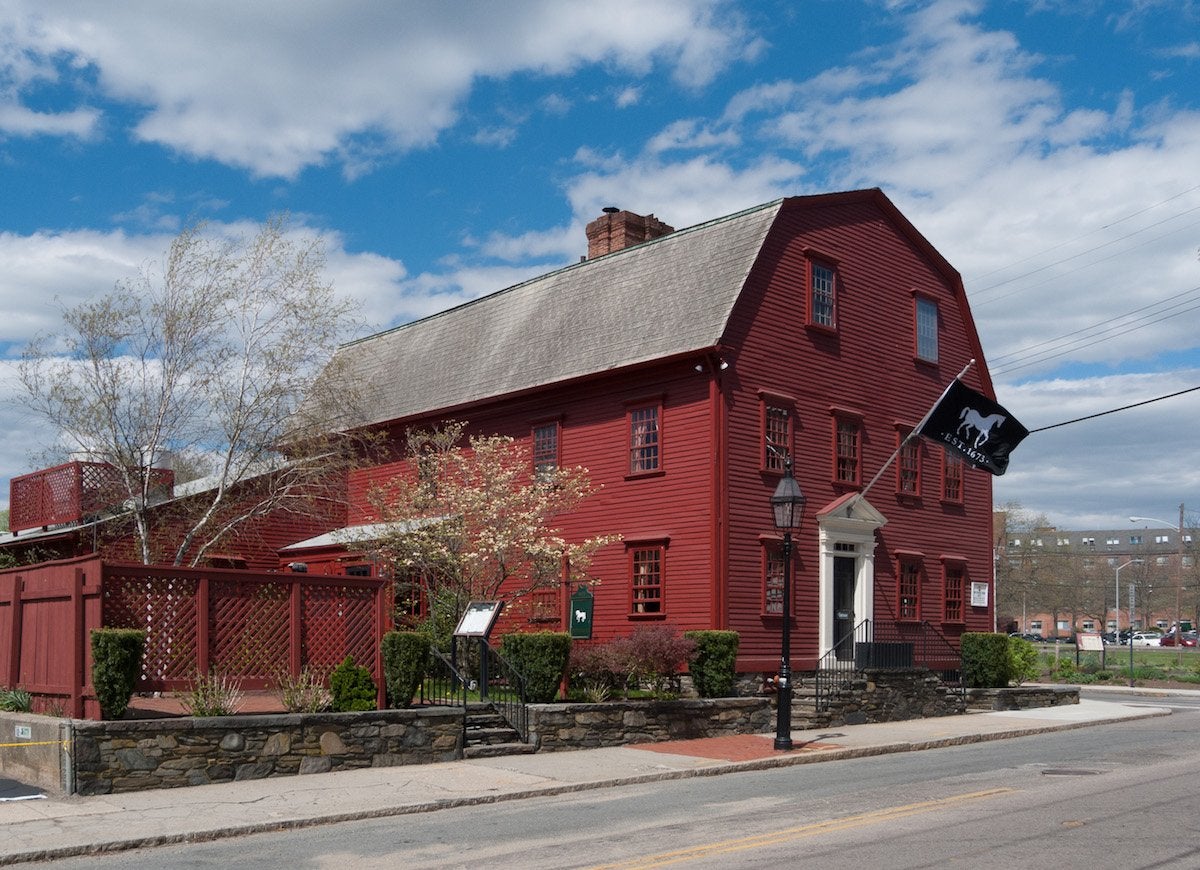
Wikimedia Commons via Kenneth C. Zirkel
The bar has more than earned its place in the modern American city, but, according to Sheboygan Press, one of the earliest examples of this center of community and conviviality stands in this New England town of 24,779. The White Horse Tavern, in operation since 1673, long before America gained its independence, was once frequented by colonists, British soldiers, and pirates alike. Its designation as a National Historic Landmark honors its cultural impact.
Woodstock, New York
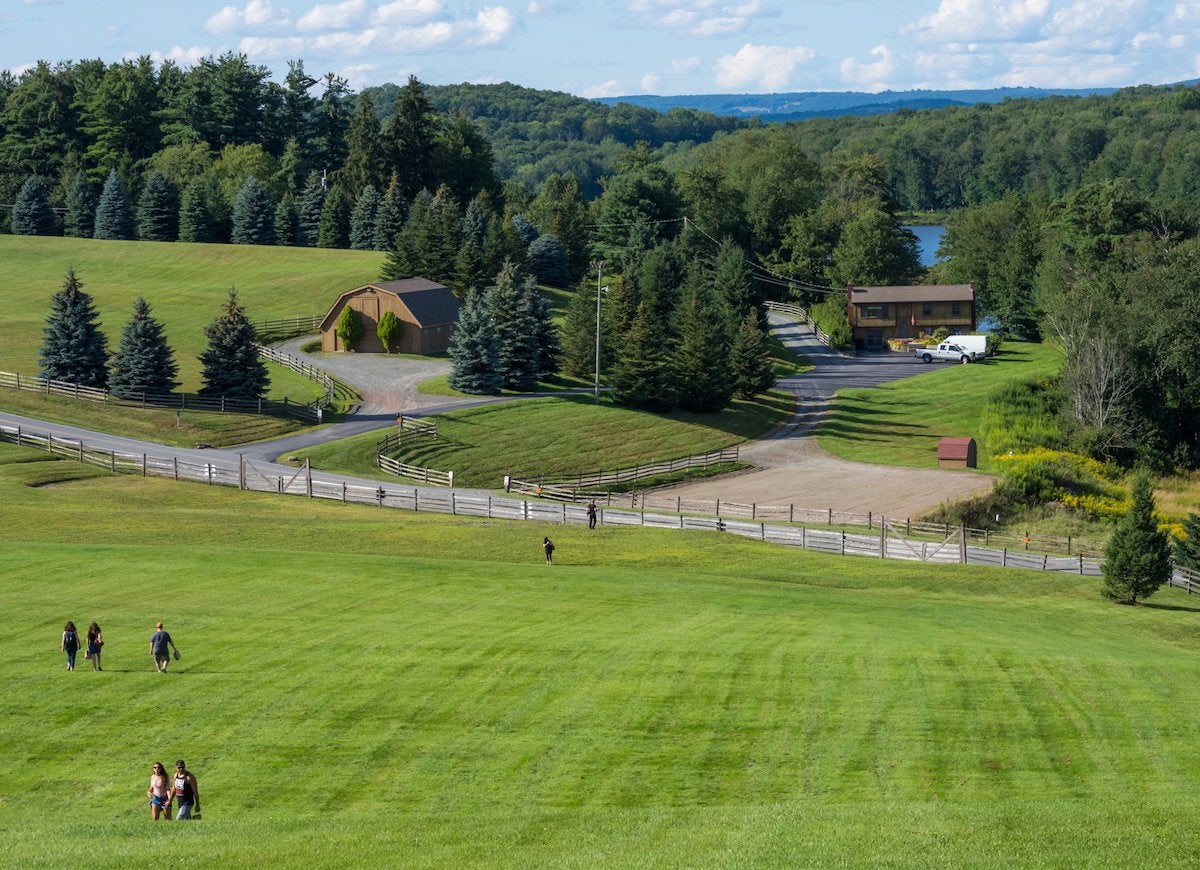
The Woodstock Music Festival of 1969 drew 400,000 peace-loving music fans for three days of performances by the likes of Jimi Hendrix, Santana, and the Grateful Dead. The event shaped America’s perception of rock and roll as a genre with cross-cultural appeal and was a pivotal moment for the counterculture movement of the 1960s.
Roswell, New Mexico
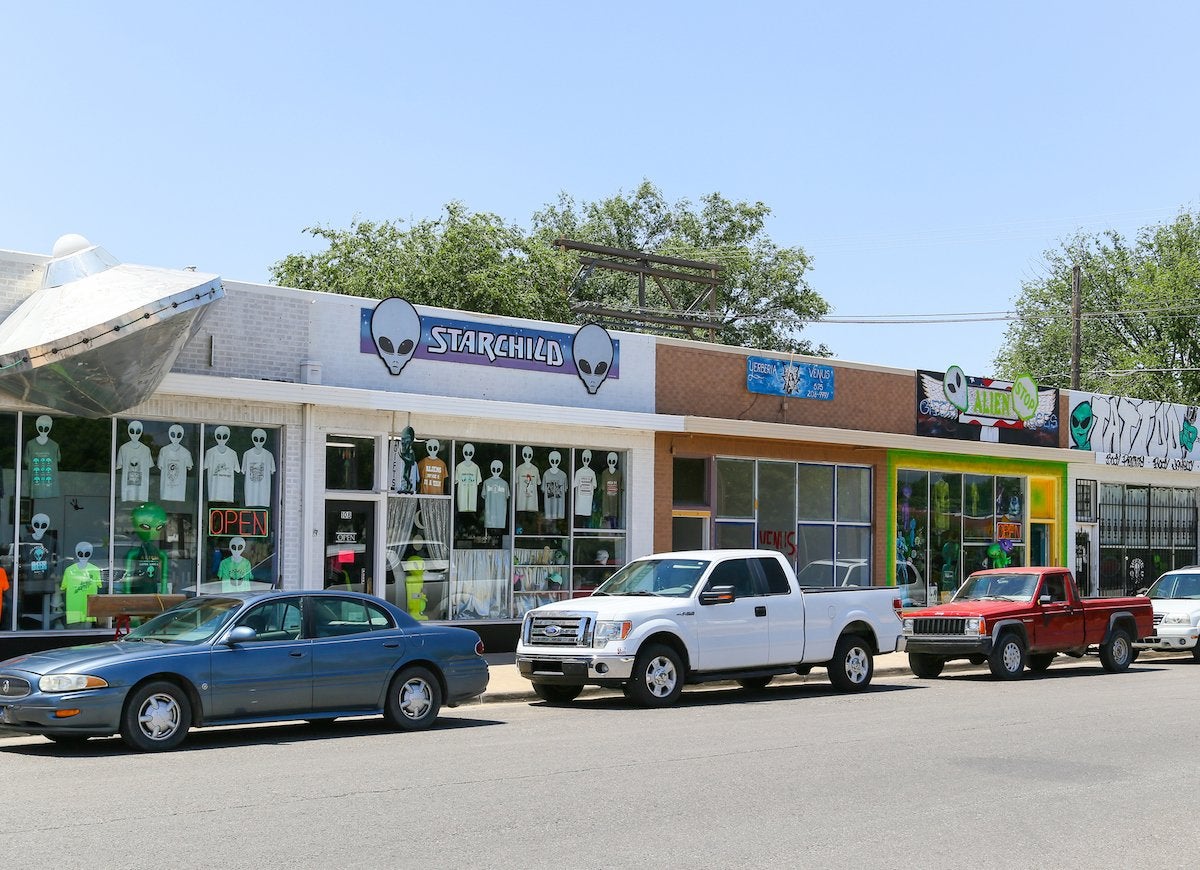
Even those who don’t believe in UFOs would have difficulty denying Roswell’s role in turning an interest in flying saucers into an iconic part of Americana. Extraterrestrial-themed edifices in the 48,184-person town, like the flying saucer-shaped McDonald’s, keep the alien legacy alive for the next generation of Roswell residents and visitors.
Related: Yes, These 20 Weird and Wacky Museums Actually Exist
Punxsutawney, Pennsylvania
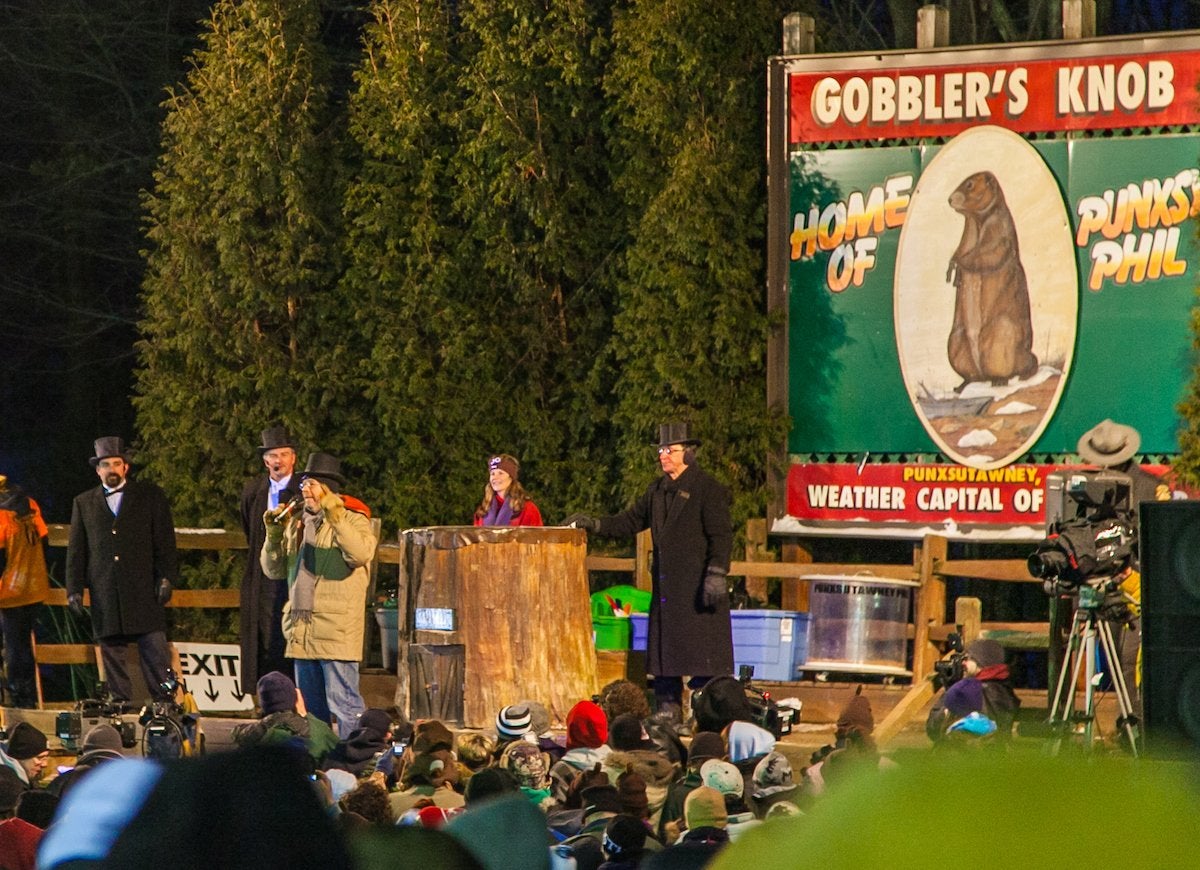
Not sure when winter will end? The answer is addressed every year by a weather-predicting groundhog named Punxsutawney Phil, who, every February 2, emerges from his burrow to predict either another six weeks of winter or the early arrival of spring, depending on whether or not he sees his shadow. Unusual as the cultural institution may seem, it’s a tradition that’s as American as apple pie, and one that’s been observed in the 5,814-person town since 1887.
Haleyville, Alabama
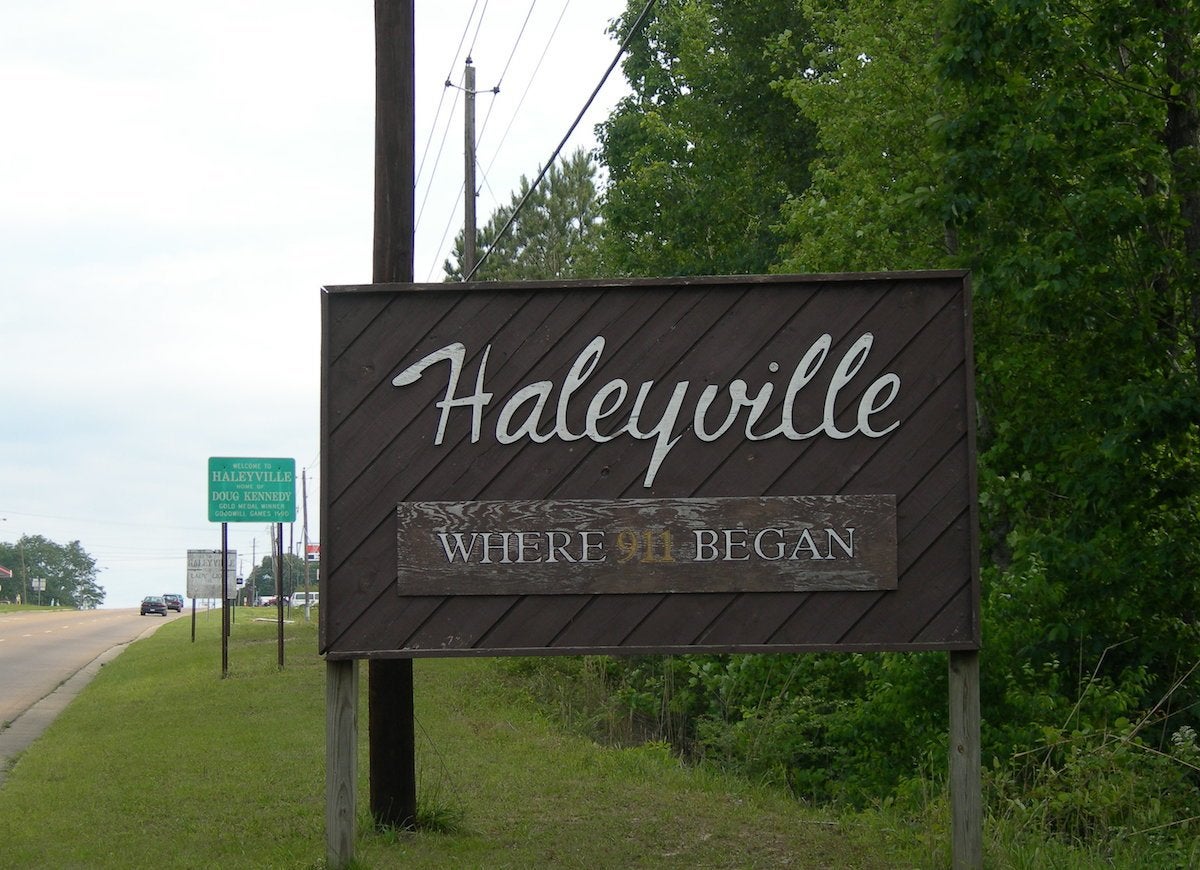
Flickr via Jimmy Emerson
Life-saving help is only a phone call away, thanks to this town that played a key role in the creation of the 911 emergency system, according to Alabama NewsCenter. The first 911 test call was successfully placed by Rankin Fite, speaker of the Alabama House of Representatives, from the Haleyville mayoral office, and answered by U.S. Representative Tom Bevill from the Haleyville police station. As for the bright red phone used to place the call, it’s still on display in Haleyville City Hall.
